11 Shocking Facts I Learned About Assassinations And Attempts Made On US Presidents Throughout History
- Oops!Something went wrong.Please try again later.
- Oops!Something went wrong.Please try again later.
- Oops!Something went wrong.Please try again later.
The deadly shooting at Trump's campaign rally shocked the world as images of the former president bleeding and being rushed offstage by US Secret Service agents flooded the internet. The incident in Pennsylvania is the most recent in a number of assassination attempts on presidents throughout US history. Here are 11 instances:
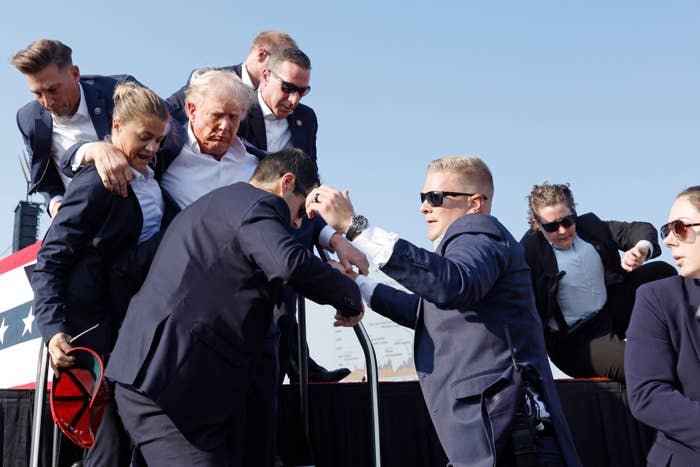
1.On January 30, 1835, former president Andrew Jackson survived an assassination attempt when a house painter — identified as Richard Lawrence — attempted to shoot Jackson with two different pistols, but both misfired. Jackson's first line of defense against the attack was his very own walking cane. In the first known assassination attempt against a US president, Jackson took up his cane to attack his assailant.
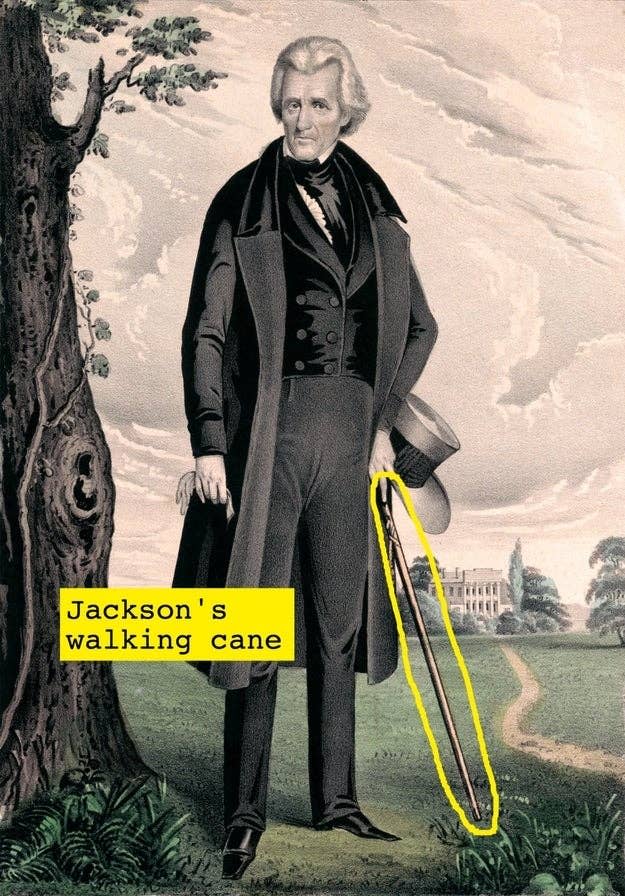
President Jackson was dubbed "King Andrew" by his rivals in Congress, which seemingly fueled contempt in Richard Lawrence, who — in his delusion — believed he was the rightful heir to the British throne. In his trial following the assassination attempt, Lawrence pled guilty for reason of insanity and spent the rest of his life in an asylum.
2.Possibly the most famous political assassination of the 19th century, Abraham Lincoln was fatally shot at the Ford Theater in Washington, DC by Confederate sympathizer John Wilkes Booth. While known for his wisdom and grave speech-making, Lincoln's last words were a kind jest with his wife, Mary.
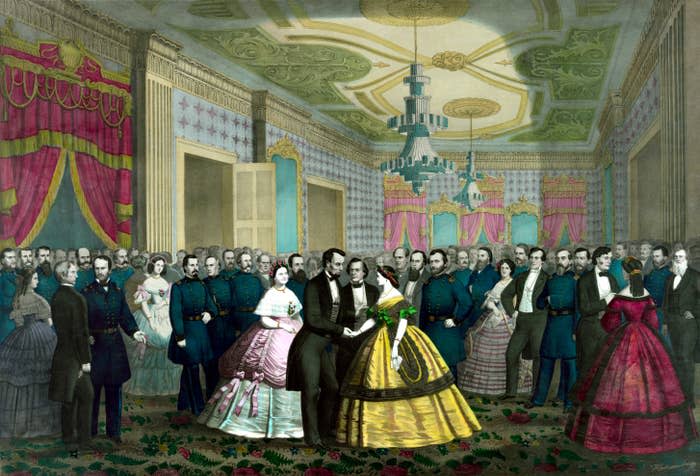
“What will Miss Harris think of my hanging on to you so?” she asked him. He responded, “She won’t think anything about it.” The last words he spoke were about holding hands with his wife.
Coincidentally, Abraham Lincoln had approved the founding of the Secret Service on the very same day he was shot, but the agency was originally a branch of the Treasury Department intended to prevent counterfeiting schemes. The Secret Service was not assigned to protect the president’s safety until decades (and several presidential assassination attempts) later.
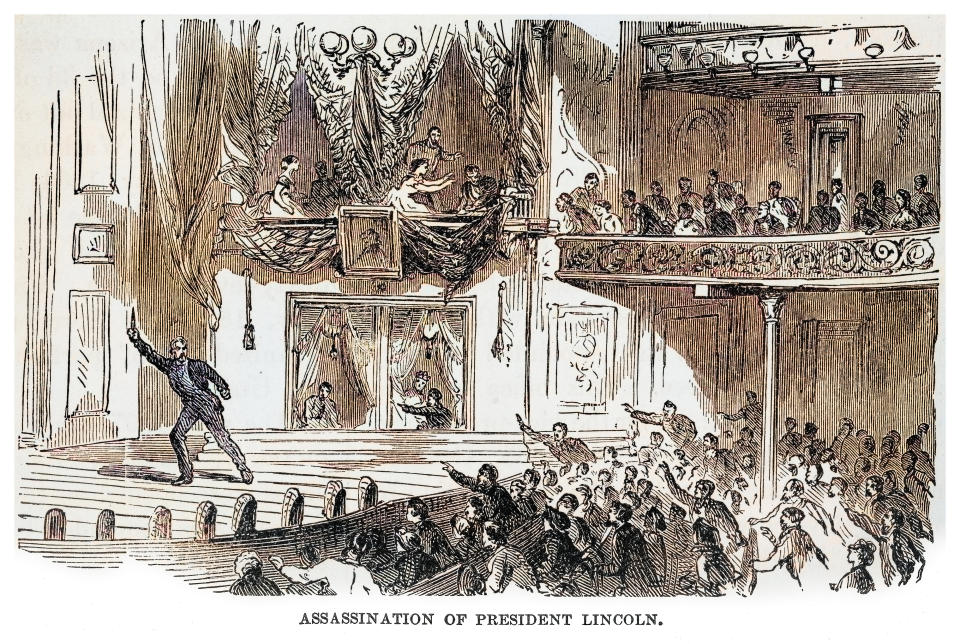
3.In 1881, just months into his presidency, President James Garfield was shot twice by an American civilian, Charles Guiteau, at a train station in Washington, DC. The first medical assistance President Garfield received after being shot was a swig of brandy administered by a nearby physician, Smith Townshend.
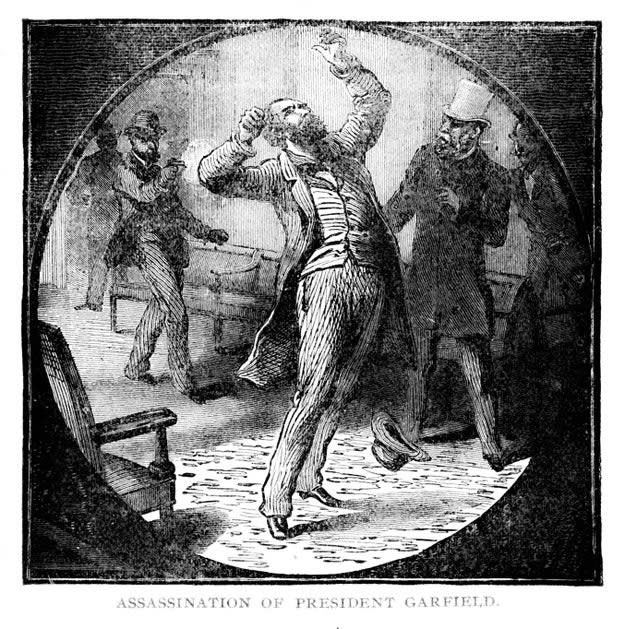
President Garfield’s slow decline from medical complications after the assassination attempt was documented extensively by the press, many attributing his death in September to improper care by his surgeons, notably Dr. Willard Bliss. Other medical officials publicly critiqued the surgical care team for failing to clean the wound properly and extract the bullet inside Garfield. In the wake of the president’s death, newspaper headlines read, “Ignorance is Bliss.”
Later, Alexander Graham Bell invented a metal detector to try to find the bullets that entered President Garfield, but the invention was unsuccessful at locating the bullets because the president was lying on a metal spring bed frame during its use.
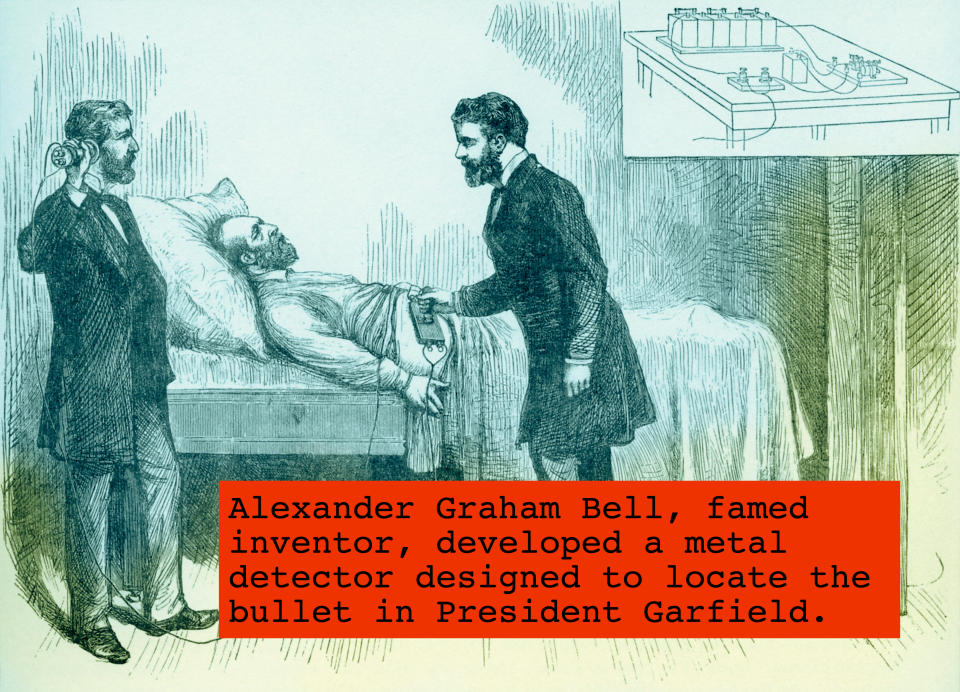
4.Six months seems to be a theme: President William McKinley was assassinated only half a year into his second term as president, suffering two shots to the chest. The man who killed him, Leon Czolgosz, shot at point-blank range following a speech McKinley gave at an open music hall during the Buffalo Pan-American Exposition.
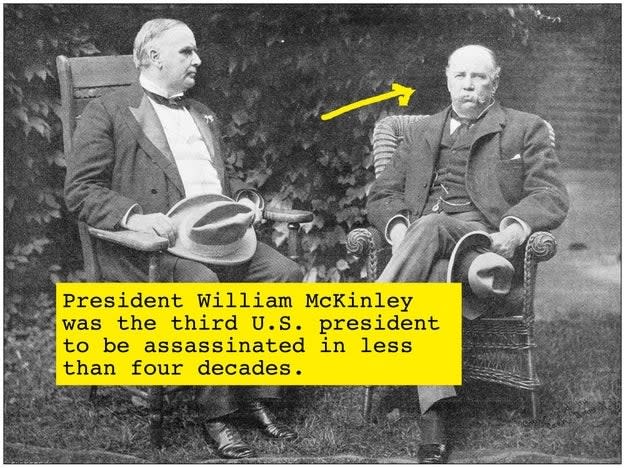
Leading up to the event, his aids and personal secretary had urged McKinley to cancel his appearance due to a rising fear of violence against the president. But, McKinley was known for seeking out meetings with his constituency and insisted on speaking at the event where he could mingle with his people.
The first person to disarm McKinley’s assassinator was not a Secret Service agent or policeman, but James “Big Jim” Parker, a civilian attending the event. However, because Parker was Black, his heroic intervention was politicized, discounted, and almost lost to history.
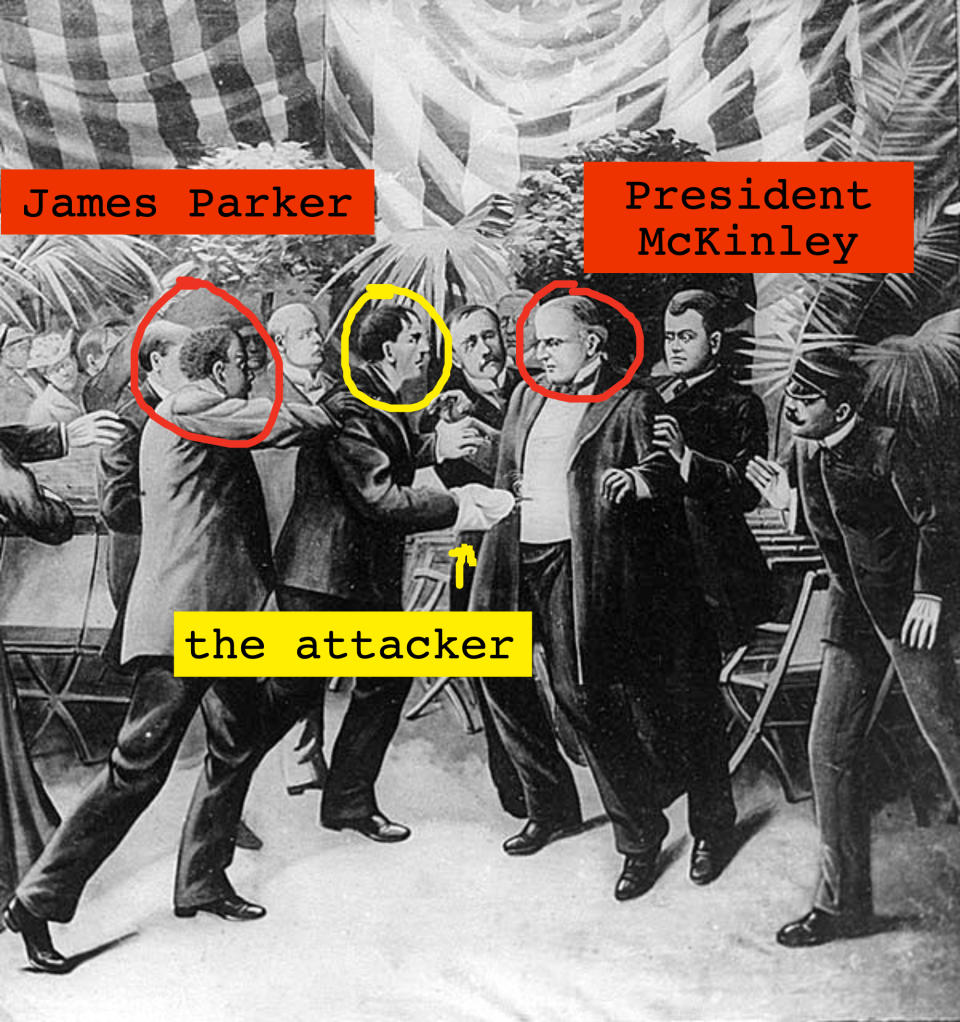
5.President Trump is the second former president to face an assassination attempt on the campaign trail. In 1912, at a speaking event in Wisconsin, Theodore Roosevelt was shot in the chest by a ‘lone wolf’ assailant. The former president was miraculously saved by a 50-page folded copy of the speech he planned to give that he had tucked in his coat pocket.
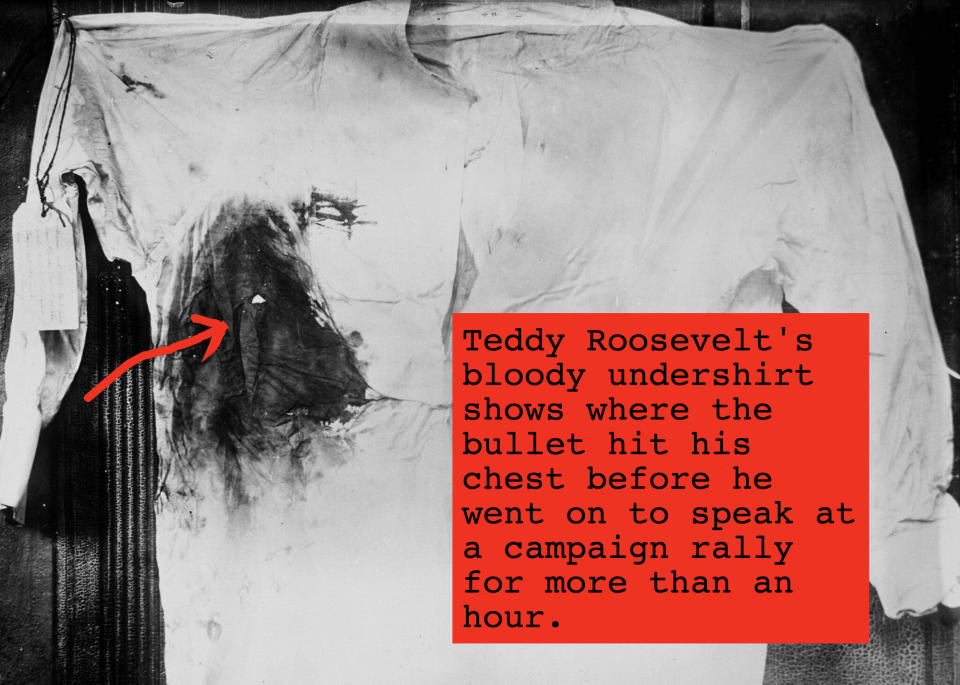
Though still injured and bleeding, Teddy Roosevelt went on to speak for more than an hour, beginning his speech with, “I don’t know whether you fully understand that I have just been shot, but it takes more than that to kill a Bull Moose!”
6.At a speaking event in Miami during the height of the Great Depression, President-Elect Franklin D. Roosevelt was the target of shooter Giuseppe Zangara. According to PBS' WTTW, a civilian obstructed Zangara’s shot at Franklin D. Roosevelt, seemingly sending his shots in another direction. Chicago Mayor Anton Cermak, who was standing near the president during his speech, was shot instead along with four others. Roosevelt, however, was not injured.
Giuseppe Zangara’s attempt to kill FDR resulted in him receiving the death sentence, and the swiftest trial and execution in 20th-century American history.
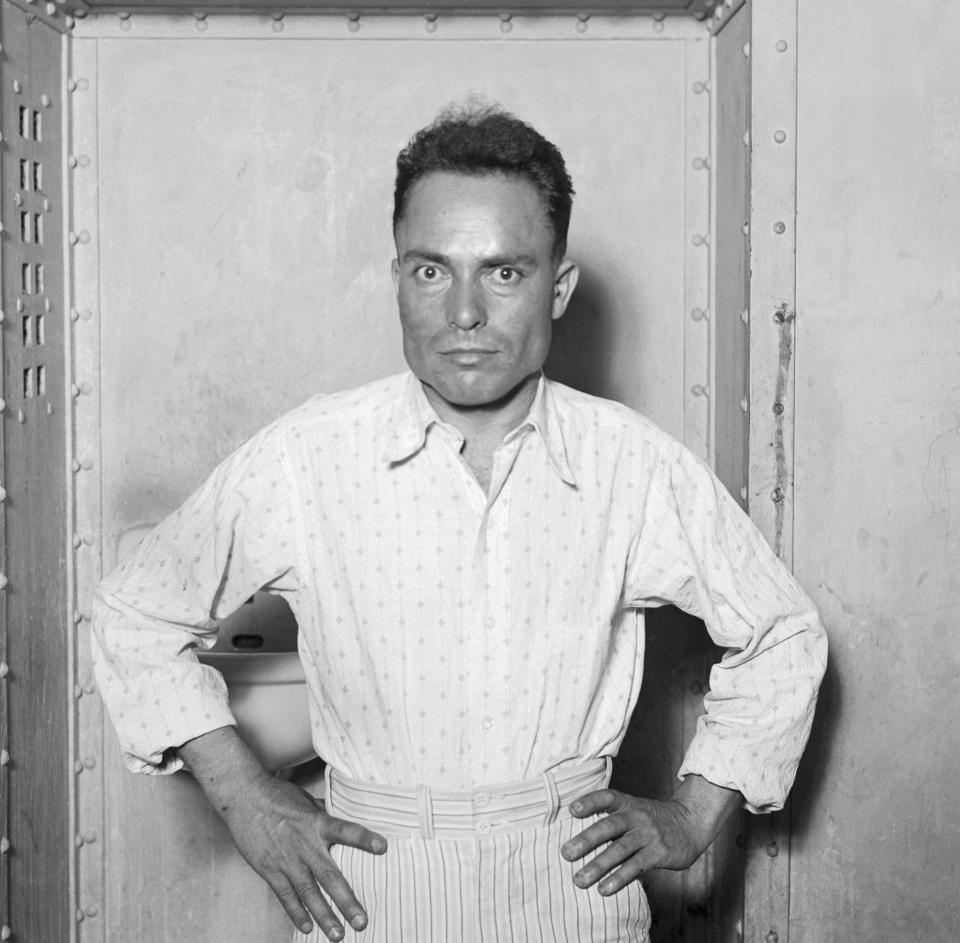
7.In the wake of an assassination attempt on Harry S. Truman by members of the Puerto Rican Nationalist Party, former president Herbert Hoover sent a letter to the president, assuring that "assassination is not part of the American way of life." Ironically, Hoover had contended with his own thwarted assassination attempt during a visit to Argentina.
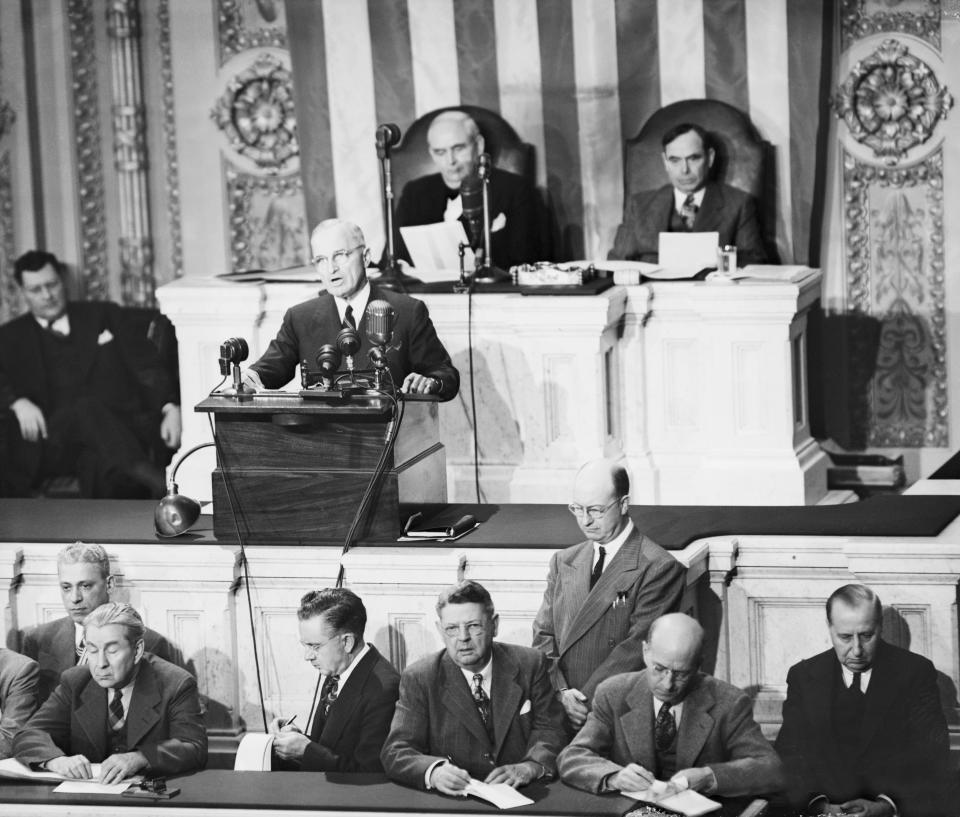
8.According to the Warren Commission report, JFK’s assassin was a serial danger to democratic leaders. President John F. Kennedy was assassinated by Lee Harvey Oswald, an ex-Marine who had defected to the Soviet Union in 1959, living there for three years before returning to Texas with his family. Less than a year before shooting the President, Oswald had attempted to shoot and kill an outspoken critic of communism, retired United States Major General Edwin A. Walker.
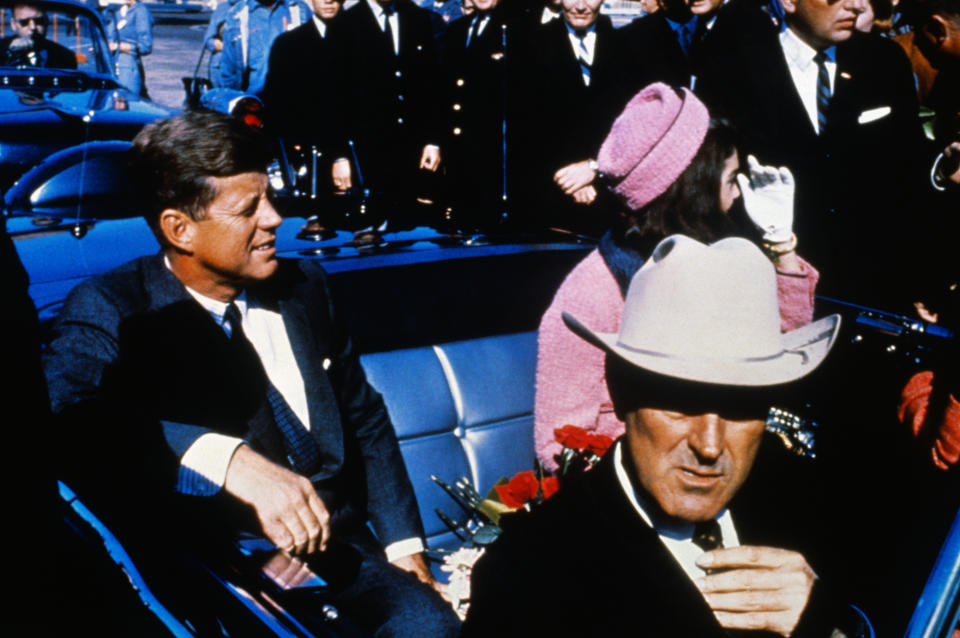
9.In 1981, an assassination attempt was made on President Ronald Reagan by a lone gunman hiding among press and television crews waiting for the president's exit from a speaking event at the Washington Hilton Hotel. John Hinckley reportedly fired six shots, injuring the president as well as his press secretary, Thomas S. Brady, and two law enforcement officers, special agent Jerry S. Parr, and DC policeman Thomas K. Delahaney.
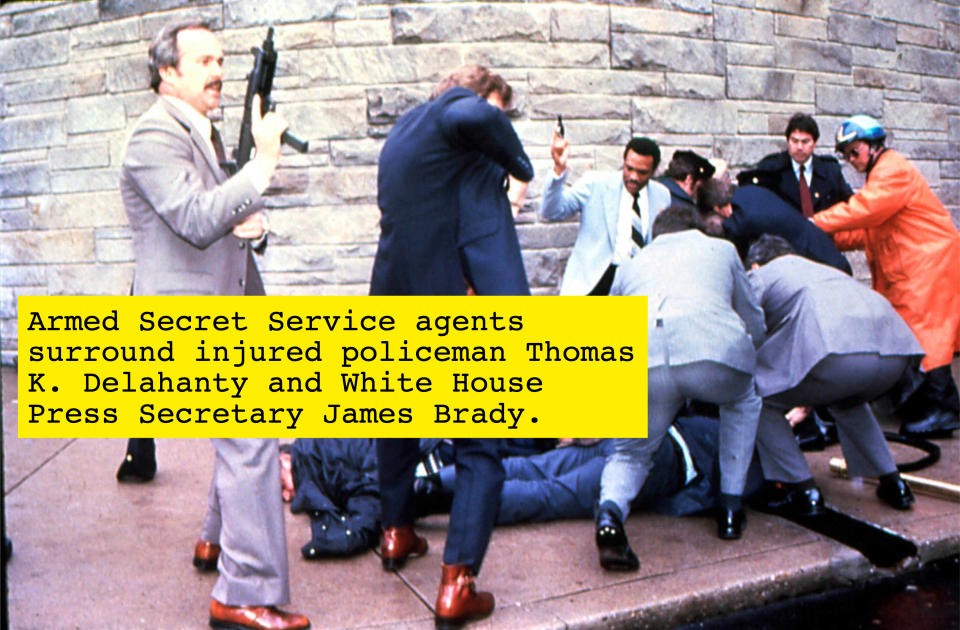
All survived, and despite his rather severe gunshot wound, the then-president was reportedly cracking jokes to his wife at George Washington University Hospital, saying, “Honey, I forgot to duck.” While laying in a hospital cart awaiting surgery, Reagan said to his White House counselor, “Who’s minding the store?” And to hospital staff, he joked, “Please, tell me you’re Republicans.”
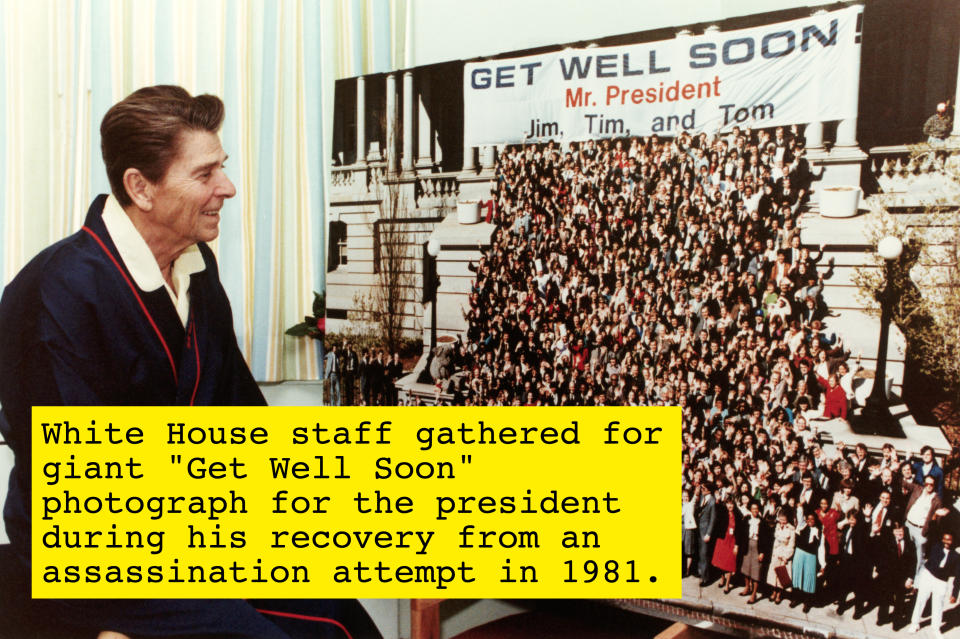
10.In 1993, a plan to assassinate former president George H.W. Bush was uncovered by US intelligence when a car bomb was found in Kuwait City. This international attempt sparked a missile strike ordered by President Clinton against Iraqi Intelligence who the FBI had linked to the near-fatal effort in their investigation. Luckily, US intelligence officers caught fourteen of the would-be perpetrators of the plotted attack before plans could be carried out.
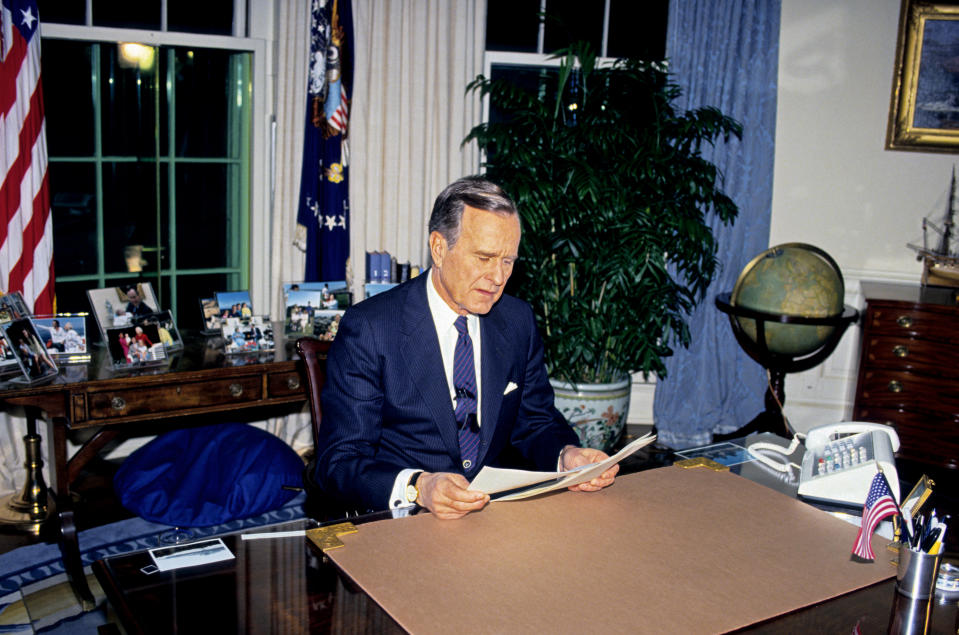
11.And finally, Obama’s attempted assassin reportedly believed he was “the modern-day Jesus.” Oscar Ramiro Ortega-Hernandez, a 21-year-old from Idaho used a semi-automatic assault rifle to open fire on the White House from a moving vehicle in 2011. Luckily, the Obamas were out of town, and no one was injured in the attack.
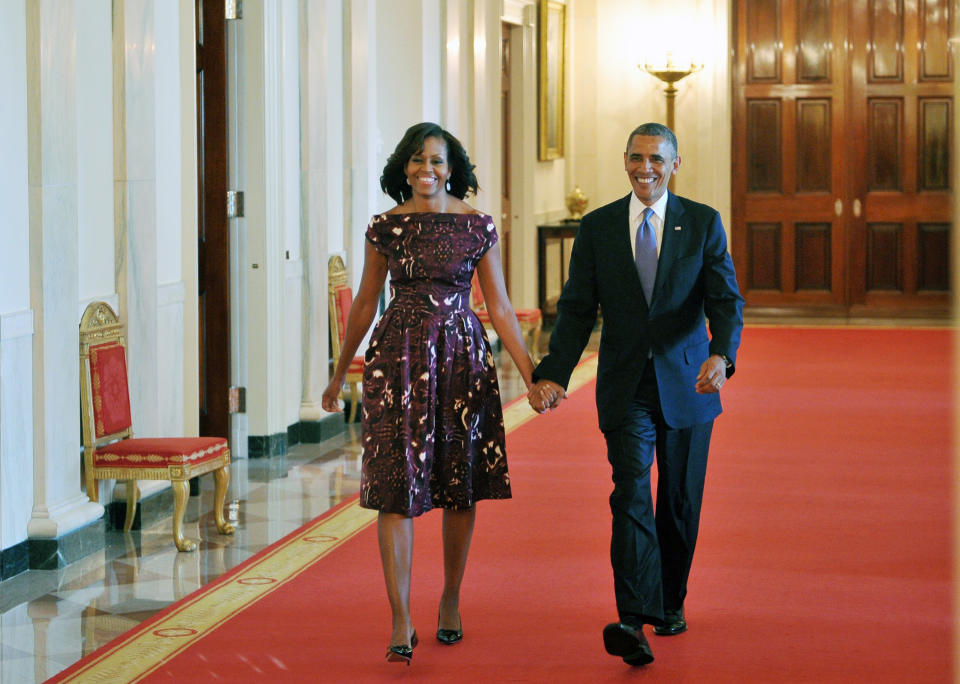
What are your thoughts? Let us know in the comments below.

